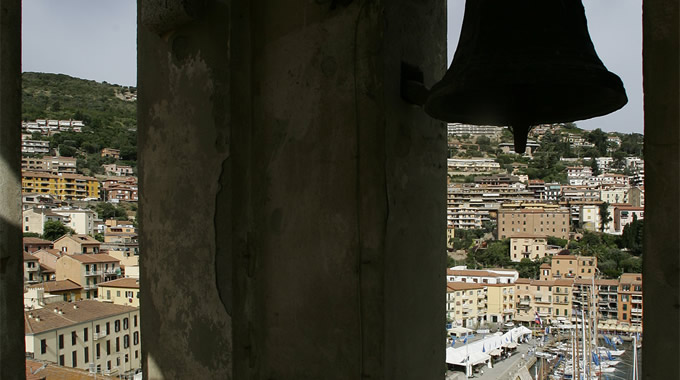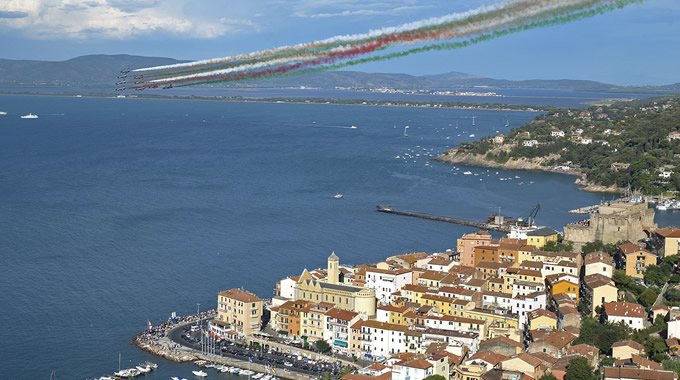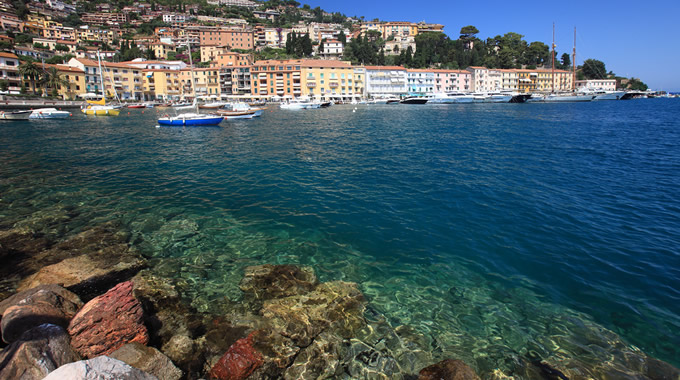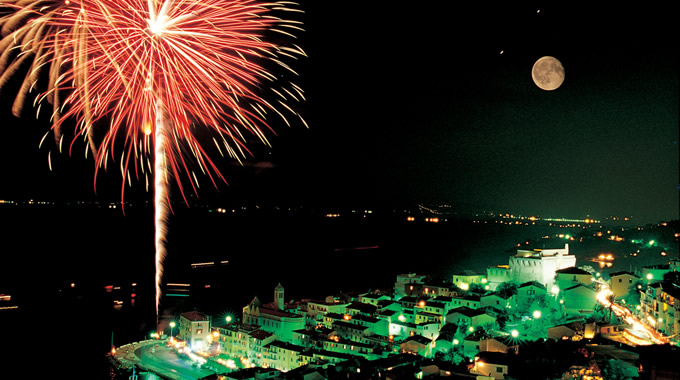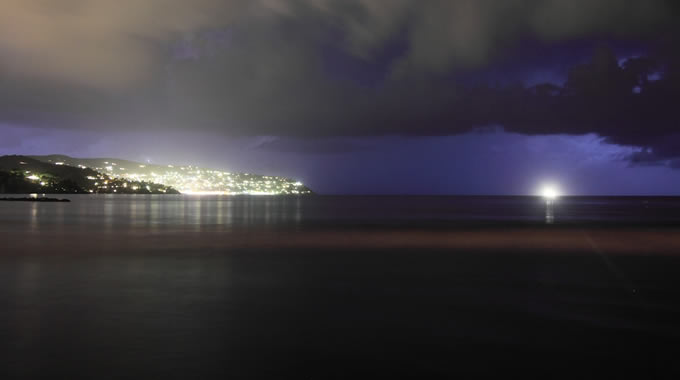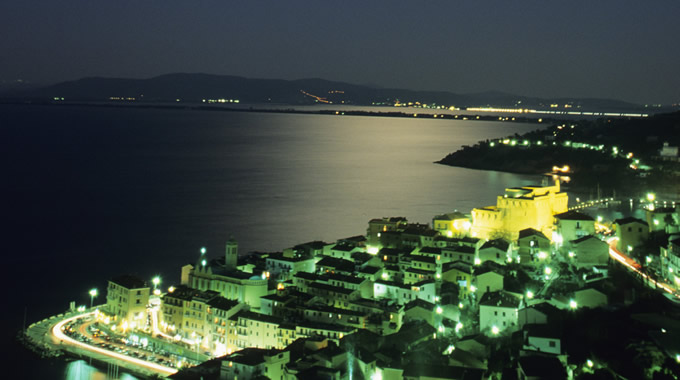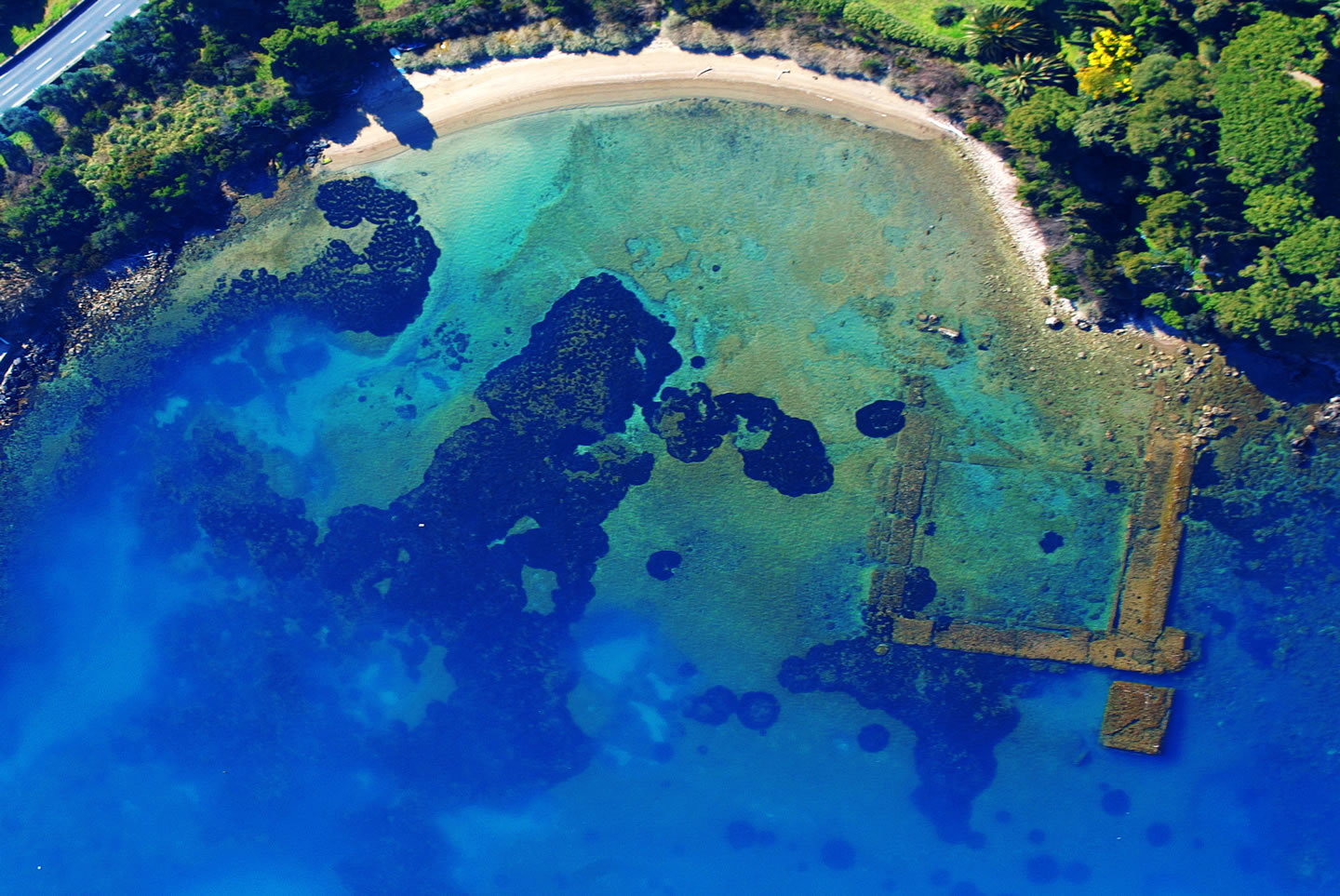Ancient Romans were fascinated by the beauty of the coast, rich in windy and salubrious inlets. They built magnificent villas as the "Domiziana" in S. Liberata that was here as "big as a village".
The downfall of the Roman Empire meant a quiet on the land even though the natural gulf represented a refuge for boats in the case of a storm or an overnight stop-over.
In 312 a.C. Empereor Constatine assigned the area to monastic orders, the last being the Abbey of Tre Fontane of Rome.
The original name, Portus Traianus, changed to Porto S. Stefano which had religious significance.
Porto S. Stefano became a feud of Aldobrandeschi family, then the Orsini family which was, later, conquered by Siena.
Many architects and travellers considered this area suitable to build a town but Siena was indifferent to this.
In the early '600's, after the Stato dei Presidi foundation, Governor Egidio Nunes Orejon built a garden, a comfortable palace, a small church, a tavern and a fortress here.
In that period a small military force was stationed in Porto S. Stefano as were some seasonal fishermen from South of Italy. A massive immigration from Campania, Liguria, Toscana began in early '700's.
In the following centuries, Porto S. Stefano was dominated by Austria, the Reign of Naples and, in the early '800's, Napoleonic France. The Viennese Congress assigned the area to the Lorraine Grand Duchy of Tuscany and Leopold II, known as Canapone, great estimator of this land, built the road connecting Orbetello to the promontory (the Diga) and the shipyard, granted the territroy local autonomy, Porto S. Stefano became a county town.
In 1860 the population agreed to the new Reign of Italy and Garibaldi stopped here for water and coal provision during the Expedition of the Thousand.
In 1943-1944 allied bombing destroyed 96 per cent of the Porto S. Stefano built-up area. The reconstruction permitted the town to accommodate International tourism.
Cosmo Milano
Cosmo Milano
